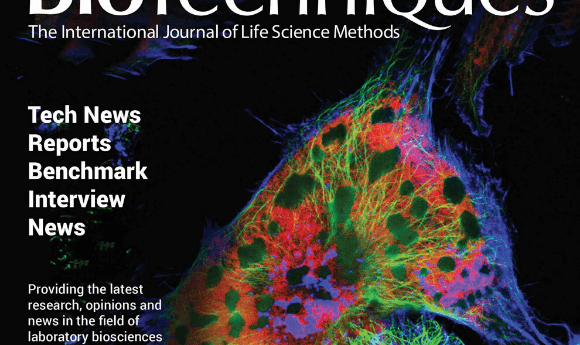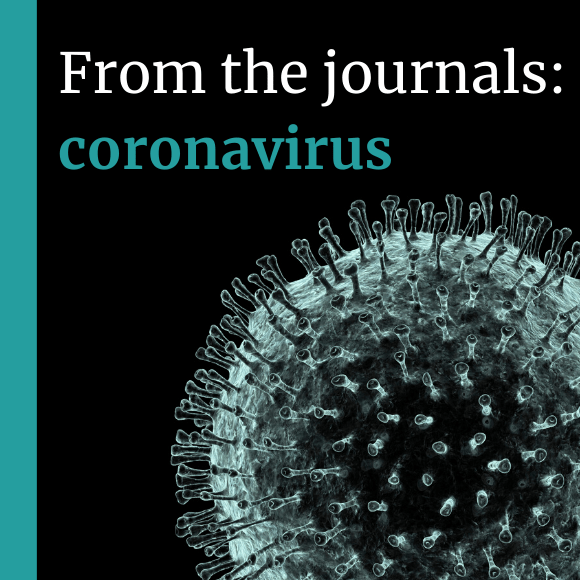From the journal: Francesca’s pick

Our Editor-in-Chief, Francesca Lake’s pick of the top five articles from Volume 68 Issues 1—3 of BioTechniques.
The beginning of 2020 was an exciting if busy time for the team, as we began the creation of our new print edition, which compiles all the content from Volume 68 1—3 alongside our favorite recent interviews and opinion articles from the website (among other exciting things… if you have time, do check out the digital version!). Those three journal issues contain some fascinating content, and here I round-up my favorite five.
Whittling down the articles to five was no mean feat, but these five encompass our most popular, most intriguing and most ‘BioTechniques’ articles from those issues. Check back in July for my roundup for the next edition!
1, Methodology for the at-home collection of urine samples for prostate cancer detection
Martyn Webb, Kate Manley, Mireia Olivan, Ingrid Guldvik, Malgorzata Palczynska, Rachel Hurst, Shea P Connell, Ian G Mills, Daniel S Brewer, Robert Mills, Colin S Cooper and Jeremy Clark.
Read over 4000 times, this Report article proved hugely popular and was picked up by multiple news outlets. It describes a methodology for use in prostate cancer screening whereby urine samples can be made at home, and then stored at room temperature and posted without loss of RNA quality. The authors reported yields and quality comparable to urine taken after digital rectal examination. One of most clinical articles to-date, this piece will hopefully have positive ramifications on prostate cancer screening, where the screening process can often put people off from attending appointments.
Interested in urine screening for prostate cancer? Read the full article here.
Kui Lin, Qin Yan, Audrey Mitchell, Natasha Funk, Catherlin Lu and Hao Xiao.
Anti-biotin antibodies are a relatively new tool for the purification of biotinylated proteins, allowing for easier release of the bound molecules, among other benefits. The current elution strategy uses acid solution to disrupt the bond and is thus not applicable for proteins unstable at a low pH. As a result, this Benchmark sees the researchers present an updated method that can be used at near-neutral conditions.
Interested in affinity chromatography, biotinylated proteins, competitive elution, immunoprecipitation and purification? Read the full article here.
 From the journals: coronavirus
From the journals: coronavirus
Many publishers have made their coronavirus-related publications free to read online, including ours, Future Science Group. Here’s a brief overview of what’s available.
3, A rapid approach to profiling diverse fungal communities using the MinION™ nanopore sequencer
Korena K Mafune, Bruce J Godfrey, Daniel J Vogt and Kristiina A Vogt.
We’ve featured the MinION a few times recently in our coverage of some of the challenges facing sequencing in Africa. However, in this Report, attention was turned to its applicability for fungal taxa identification. With the MinION having been proved useful in challenging remote pop-up labs and for various sequencing approaches, its utility for identification of a broad range of fungal diversity using amplicon sequencing had not been proven, until now – this Report sought to address that gap in knowledge.
Interested in fungal diversity, high-throughput sequencing or the MinION? Read the article here.
4, Erythrosin B: a versatile colorimetric and fluorescent vital dye for bacteria
Assaying cell viability for diverse bacteria species is tricky – while in eukaryotes colorimetric dyes can be used, no such dye had heretofore been identified for bacteria. Franke et al. therefore screened various dyes to determine that erythrosin B is a good solution with broad applicability in bacteria. What’s more, it’s cost-effective – the dye is affordable and removes the need for costly fluorescence detection instruments. The need for only a light microscope also means the dye could make it possible to perform experiments in the field. As a result, while this might at first glance seem a small incremental advance, it has far-reaching impacts for research.
Interested in bacterial cell viability, flow cytometry, membrane-exclusion dye and microscopy? Read the full article here.
5, Comparison of normalization methods for Hi-C data
Hongqiang Lyu, Erhu Liu and Zhifang Wu.
Hi-C has been used to study genome-wide interactions; however, biases can affect the results. Hence, normalization is used. However, how does one normalize one’s normalization? This piece provides a comprehensive comparison of six different Hi-C normalization methods and provides some practical recommendations to help the reader choose. The source code for each method is also available at github.
Interested in Hi-C data normalization methods? Read the full article here.



